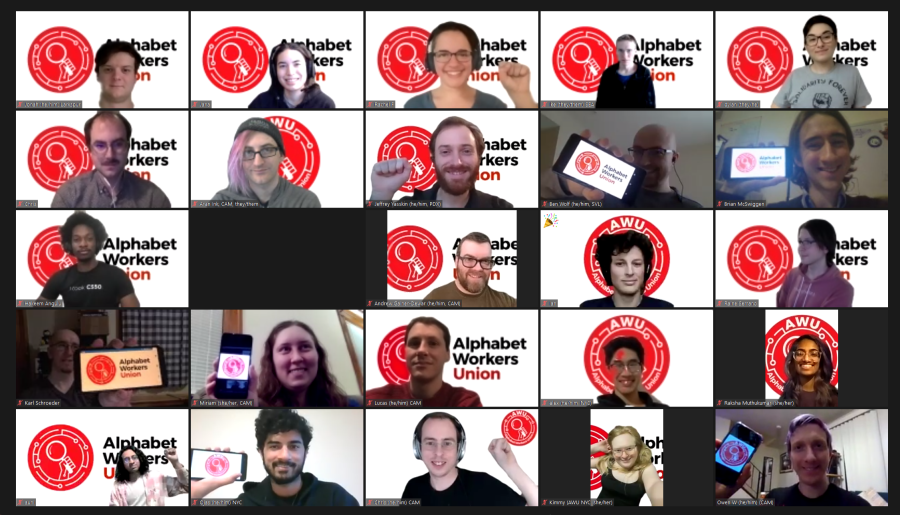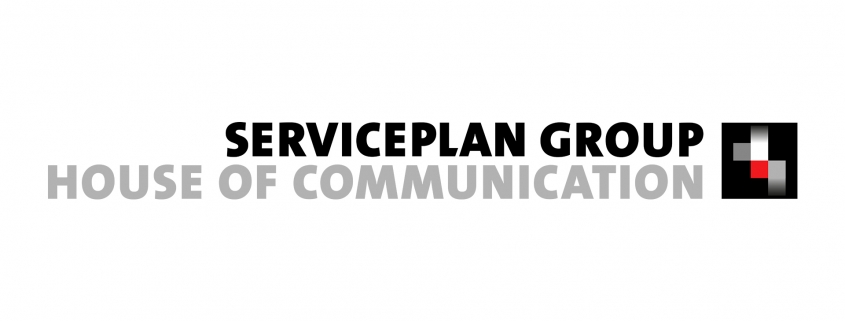Over the past few weeks, as I reread the excellent book Supercade [1] published by MIT Press almost 20 years ago, I got to thinking about technology and our relationship with it…

But first, if you haven’t read the book, here’s a bit of background about Supercade. This fully illustrated book is a potted history of video games, and covers the period between 1971 and 1984. Its focus is mainly on the small world of video game arcades. The very American soul of Supercade will bring whiffs of nostalgia to anyone who has ever spent their money on Galaxian while waiting for their parents at the supermarket checkout or been caught daydreaming in front of Space Ace at a local fairground. It harks back to childhoods packed with pixels, to a time when videogaming had yet to invade the home, and children hadn’t begun to spend their days in lockdown on their Nintendo Switch or PS4 consoles until their parents told them to finish their homework. A time when video games were consumed outside the home. The good old days.
The book also traces a path back to the very first developments of on-screen games, in the study halls of American universities: Brookhaven National Laboratory in 1958 and MIT in 1962. In both cases, these initial experiments were carried out by enthusiasts.

The tiny round screen with the two joysticks just below.
Tennis for Two was created in 1958 in Brookhaven for one of the laboratory’s public exhibitions [2]. The idea was to show visitors the power and appeal of technology monsters that occupied several rooms in the buildings. The best way to show people what they could do was … to design an interactive demonstration on a screen. In other words, a game. Tennis for Two was an instant hit. It was a simplistic simulation of a tennis game using an oscilloscope (no more complicated than good old Pong), and turned out to be the highlight of the visit for many people.

You can’t even see the line of other gamers waiting their turn!
Another glorious veteran is Spacewar! The game was created at MIT in 1962 under slightly different circumstances [3]. The “culprits” this time were the young students of the laboratory’s Tech Model Railroad Club [4], who would use the tools they found lying around to improve their miniature railway network. They fell instantly in love with a new computer model, and set themselves the challenge of seeing just how far it could go, helped along by a complex technological demonstration. What better solution than making an interactive application into a game? Spacewar!, which involves two vessels in combat around a black hole was a genuine technological challenge. Designed by researchers and engineers, the game set out to respect the laws of gravity and the constellations of stars as closely as possible. It required technological and digital optimisation before it could be presented to a wider audience, but the game was a resounding success at universities.
Then came the businesspeople, the development of home consoles by American television manufacturers – with Magnavox in pole position – and the creation of the first company entirely dedicated to video games: Atari. But that is another story [5].

This time throw on a little Pierre Henry to get you in the mood.
The opening pages of Supercade remind readers that video games were invented by technophiles and enthusiasts. Computers were still the stuff of dreams and had only recently emerged in a few gigantic metal cupboards. Digital technology had not yet invaded people’s daily lives and was still a vast and unexplored landscape. Data belonging to thousands of people had not yet been tapped by the first IBM systems and had not yet raised any questions about our reliance on bytes and the impact of databases on our society and our daily lives [6].
Supercade also recalls that these precursors were the first in a line of enthusiasts who founded the entire video game industry: coders, for the most part, learning to master all the mysteries of a processor. Learning to optimise displays and sometimes seeing video games as art more than a source of business: a technological challenge and sometimes a new form of expression.
Come on out from the mists of time, let’s get back to the present!
We are now living in a time of both techno-hysteria and techno-skepticism.

Techno-hysteria because the issue we have is that we’re putting technology everywhere. Our love affair with technology is all about digital-solutionism. There are digital solutions for everything: managing certificates [7], composting waste [8], reporting uncivil behaviour [9], turning on your boiler [10] and shortly, managing your driving in partnership with your insurance company [11]. Some of the field’s heavyweights are even studying the possibility of creating technology trees to absorb the excess CO₂ we produce [12], a ridiculous situation that shows we have come full circle.
“Yes, there is an app for that too!”
Techno-skepticism because, given the race towards the ultimate technology – which brings to mind the greatest inventions of the cyberpunk world [13] (in French) – criticism has never been so rife. And given the plethora of video surveillance and people-tracking schemes, given the influence of advertising agencies on our online lives [14] and given GAFA’s hold on our society as a whole [15], both economically and technologically, this criticism is often well founded. We are hearing more voices, our analysis is more refined and our thought processes are evolving in the face of what the 2010s sold us as the digital panacea. The wake-up call to techno-skepticism can be compared with the ecological wake-up call of the 1970s [16], but let’s hope that it has a much faster and more concrete impact.

However, this critical, pivotal and fascinating period raises a number of questions, including one that is particularly important: what happened to our dreams?
Proto-computer scientists of the 1950s dreamt about computers and how they could be used, just as Jules Verne dreamt about electricity and emerging modes of transport. They dreamt as artisans dream, concretely with their hands, and digitally by creating prototypes, experiments, demonstrations, monsters and artefacts. They weren’t dreaming of solutions. Neither Spacewar!, nor Pong nor Space Invaders were answers to any sort of problem. They simply imagined what might be possible. Once they had the technology, they tried to push it further – gratuitously, aimlessly – than it had already gone. Like many of today’s technological fantasies, video games have no goal. They were simply possible and got millions of people using their imaginations, shaking up the world of entertainment, the fledgling electronics and computer industry, and popular culture itself. It was like opening a door to a brave new world.
What has happened to those dreams?
It’s no longer fashionable to dream about technology. First of all because since the 1990s, the digital world has been infused with capitalism. People no longer explore technology just for the fun of it; we business plan, we analyse, we solutionize, we start up. The Silicon Valley Business Angels model and garage mythology have gone through this process, transforming any digital experience into a potential stumble. We’re living in the era of Start-up Nation and investments: explorers, poets, and volunteers in technology are scarce. What ever happened to ambition?

Given the huge scale of these technical empires, you might be tempted to believe that digital technology is no longer a space for tinkerers, but a universe of gigantic corporations – think Tyrell Corp [17] and the cyberpunk universe of Blade Runner – and if there are still any geniuses out there who can design message boxes connected to Telegram [18] or magnetic jukeboxes [19], their digital hopes are soon to be dashed. Maybe because those digital dreams have exposed too many dark sides – societal, ecological, cognitive – and maybe after a period of enchantment there is always a period of disillusionment? Perhaps also because the digital world is an easy target in times of crisis – health, ecological, economic – and if we have to discourage children from dreaming of flying off in an aeroplane, why don’t we also stop them from dreaming of robots?
Are we still dreaming of electric sheep?
The technophiles of the sixties, the researchers and the industrialists who worked on and discovered the possibilities of gigantic computer systems in universities and state laboratories, created – not entirely in spite of themselves – a powerful counterculture which spread all around the world. More artistic, freer, and somewhat more responsible, the hippie wave of the 1970s emerged in part as a reaction to the American way of life and to the debauchery of screens – television screens this time – of middle America. And because nothing is ever simple, the wave used technology to share its principles, move boundaries and publicise its claims. The screens of established networks also became the megaphones for the counterculture and a medium used by the artists of the sixties and seventies to experiment and express themselves. Technology became a means for activism, a weapon for change. Of course, there is much more to it than that.

We now feed our dreams with other ideas. And these ideas, while not ruling out technological tools completely, are no longer dominated by digital. We talk about urban recycling [20] (in French), new ways of getting around; we talk about how to protect our anonymity on the internet [21] (in French), about revolutionising the world of clothing and making the ecologically disastrous concept of fast fashion a thing of the past [22]. We also, and most importantly, talk about how we can adapt our innovations to cope with the ecological and societal challenges we are now facing, without having to sacrifice our entire lives to technology.
It is difficult to shake off over 120 years of technology lauding. Let’s be clear, it’s not about becoming Amish – nobody is even considering that political caricature [23] (in French). But it’s tough to deny that our dreams are changing, and that the Covid-19 pandemic that has wreaked havoc within humanity for over a year has undoubtedly put some urgency into our readiness for something different.
It’s a tempting parallel. Twenty years after the first Internet bubble and after more than ten years of techno-worship, might we be building a new counterculture based on social media and open technology?
Is circular town planning the new community dream? Is our fight against surveillance a new way of refusing government control? Even though these issues now concern the whole world, and each of us individually, and even though the ecological emergency is far more pressing now than it was 50 years ago, the parallels are pretty disturbing, and the repetition of an action-reaction cycle is obvious. We might not be the new Amish, but we may well be the new hippies. But these hippies aren’t denying the contribution made by technology. They play around with it and know – sometimes – how to use it safely. And this time, rather than simply exploring what it can do, we want to find out its “human” limits and reflect on how it can contribute meaningfully to our society.
The creators of Tennis for Two and Spacewar! dreamt of pure technology and wanted to push machines to their limits. They saw themselves as explorers of a new technological world. The generation that built the internet of the 2000s is undoubtedly the last to have shared this purely technological dream.

What symbol do we have today?
We now need to rethink our ideas and ambitions.
Over the last sixty years, we have witnessed exactly what technology can do, and the slippery slopes it can create. We have mastered computers, but we probably aren’t wise enough to master how we use them. The challenge facing the hippies of the modern world is how to stop creating technology for its own sake. How to recentre the digital revolution around human beings. How to give the Earth centre stage as well, and build tools and designs that will benefit this change of direction.
We no longer have the imaginations of explorers. We are drowning in technology, dreaming of a way to re-inhabit the world – and we’re right to seek help from machines when they are positive, responsible and non-alienating.
And there is still some good news in all this: we haven’t stopped dreaming.
// Translated from French by Ruth Simpson















